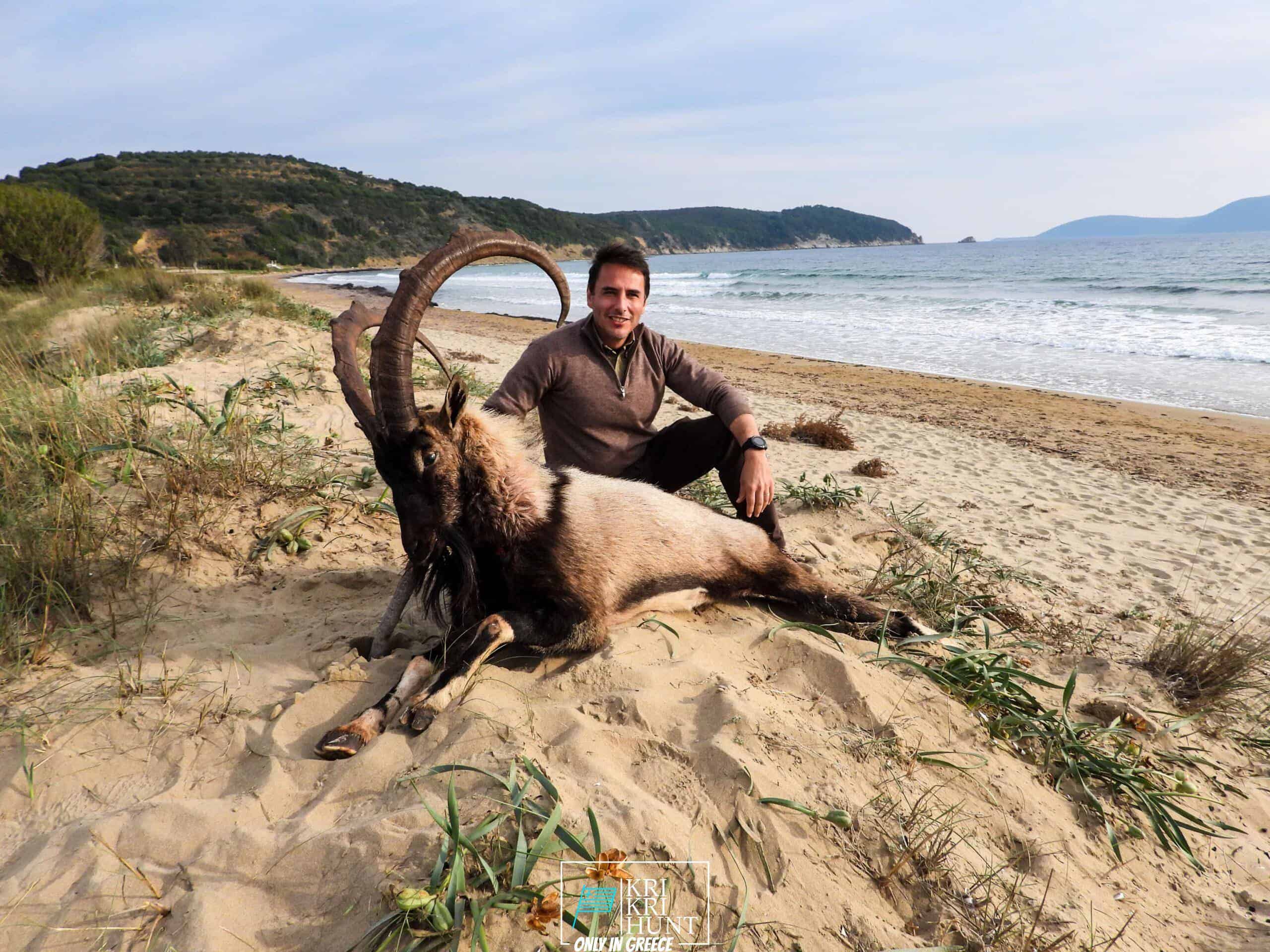
They say that the Peloponnese peninsula is the "real" Greece. And we state, if you're searching for a memorable adventure, our searching as well as visiting Peloponnese excursion from Methoni is the best means to experience all that this lovely country has to offer.

Hunting kri kri ibex in Greece is a tough task, along with hunting in general. It is testing for non-Greek seekers to quest big video game in Greece. The kri kri ibex is the only choice for local hunters besides wild boars and roe deer, which may only be hunted in meticulously protected special searching areas such as particular islands. 2 different islands regarding 150 kilometers/ Atalanty/ as well as 300 kilometers/ Sapientza/ from Athens provide the possibility to quest this amazing creature. There, searching this animal is restricted from early morning till noontime, according to Greek law. Only shotguns are allowed, and also slugs are the only ammo enabled. You must reserve a year in advance for searching licenses. This makes certain that serious hunters only are enabled on these trips. Only the Greek Ministry of Nature and also Agriculture issues the licenses, and the federal government issues a particular variety of them yearly.
Our outside hunting, fishing, and also cost-free diving excursions are the perfect method to see whatever that Peloponnese needs to provide. These tours are developed for travelers that want to leave the beaten path and also really experience all that this amazing region has to offer. You'll reach go hunting in several of the most attractive wilderness areas in Greece, fish in crystal-clear waters for a variety of various types, as well as free dive in several of the most stunning shoreline in the Mediterranean. And most importantly, our seasoned overviews will certainly exist with you every action of the means to ensure that you have a secure and enjoyable experience.
Experience 'Real' Greece with Our Peloponnese Tours. If you're trying to find an authentic Greek experience, look no further than our Peloponnese scenic tours. From ancient ruins and castles to tasty food and white wine, we'll reveal you everything that this remarkable region has to offer. So what are you waiting for? Schedule your journey today! Your Kri Kri ibex searching in Greece is right here!
What is the diference between Kri Kri ibex, Bezoar ibex and hybrid ibex
The kri-kri is not thought to be indigenous to Crete, most likely having been imported to the island during the time of the Minoan civilization. Nevertheless, it is found nowhere else and is therefore endemic to Crete. It was common throughout the Aegean but the peaks of the 8,000 ft (2,400 m) White Mountains of Western Crete are their last strongholds–particularly a series of almost vertical 3,000 ft (900 m) cliffs called ‘the Untrodden’—at the head of the Samaria Gorge. This mountain range, which hosts another 14 endemic animal species, is protected as a UNESCO Biosphere Reserve. In total, their range extends to the White Mountains, the Samaria National Forest and the islets of Dia, Thodorou, and Agii Pandes.
This Ibex is NOT a diminutive form of the Bezoar Ibex, which has migrated into the western-most reach of the range of this species. The kri – kri (Capra aegagrus cretica), sometimes called the Cretan goat, Agrimi, or Cretan Ibex, is a feral goat inhabiting the Eastern Mediterranean, previously considered a subspecies of wild goat. The kri-kri has a light brownish coat with a darker band around its neck. It has two horns that sweep back from the head. In the wild they are shy and avoid tourists, resting during the day. The animal can leap some distance or climb seemingly sheer cliffs.
“The agrimi goat Capra aegagrus cretica is unique to Crete and its offshore islands. It has been identi®ed as a sub-species of the wild bezoar goat Capra aegagrus aegagrus Erxleben, 1777, which it closely resembles in horn shape, body form and coloration. This classi®cation has been disputed by some researchers who claim that the agrimi are feral goats, derived from early domestic stock brought to the island by the ®rst Neolithic settlers. In order to clarify this issue, DNA analyses (cytochrome b and D loop sequences) were carried out on tissue of live and skeletonized agrimi and compared to sequences of wild and domestic caprines. Results conclusively show the agrimi to be a feral animal, that clades with domestic goats (Capra hircus) rather than with wild Asiatic bezoar. This study demonstrates that morphometric criteria do not necessarily re¯ect genetic af®nities, and that the taxonomic classi®cation of agrimi should be revised.”